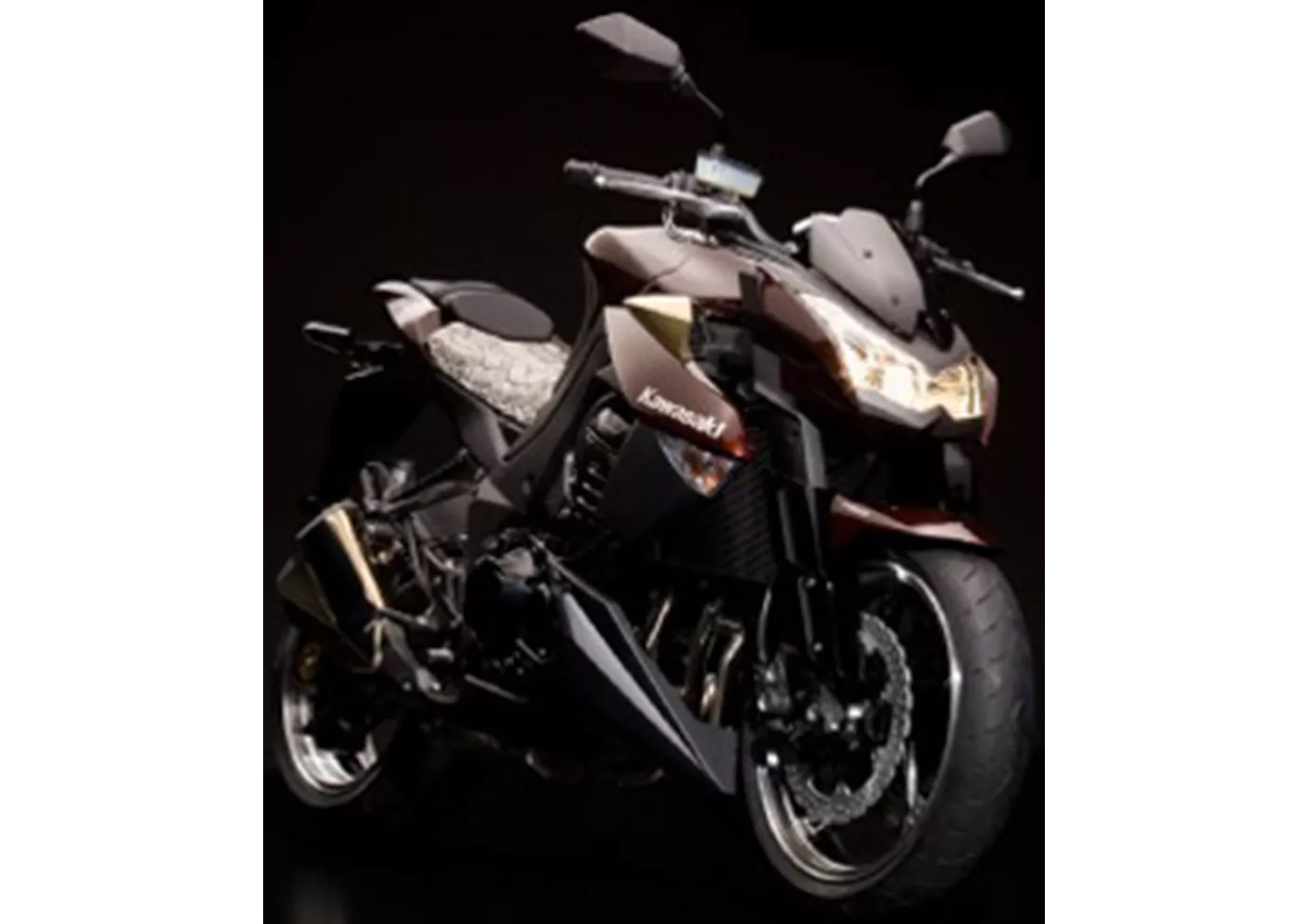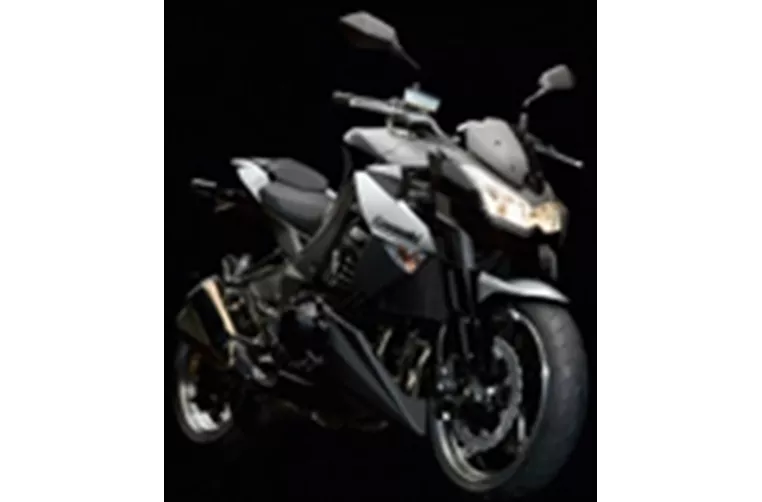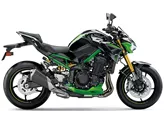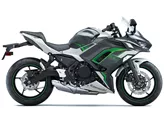Kawasaki Z900 2019 vs. Kawasaki Z1000 2010

Kawasaki Z900 2019

Kawasaki Z1000 2010
Overview - Kawasaki Z900 2019 vs Kawasaki Z1000 2010
The Kawasaki Z900 model year 2019 and the Kawasaki Z1000 model year 2010 are both naked bikes with similar engine types, inline 4-cylinder engines with liquid cooling. However, there are several differences between the two models.
In terms of engine power, the Kawasaki Z1000 2010 has a higher horsepower rating of 138 HP compared to the Kawasaki Z900 2019, which has a horsepower rating of 125.4 HP. This means that the Z1000 may offer slightly more acceleration and top speed.
In terms of suspension, both models feature upside-down telescopic forks at the front. However, the Z900 2019 offers adjustment options for preload and rebound, while the Z1000 2010 offers additional adjustment options for compression. This means that the Z1000 may offer more customization options for riders who prefer a specific suspension setup.

Kawasaki Z900 2019
The chassis of the two models also differ. The Z900 2019 has a steel frame, while the Z1000 2010 has an aluminum frame. The choice of materials may affect the overall weight and handling characteristics of the bikes, with the Z900 potentially being slightly lighter and offering more nimble handling.
In terms of braking, both models feature double disk brakes with four pistons at the front. However, the Z1000 2010 has a more advanced braking technology with radial and petal design, which may provide better braking performance and heat dissipation compared to the Z900 2019.
In terms of dimensions and weights, the Z900 2019 has a slightly wider rear tire at 180 mm compared to the Z1000 2010's 190 mm rear tire. The Z900 also has a slightly longer wheelbase at 1450 mm compared to the Z1000's 1440 mm wheelbase. Additionally, the seat height of the Z900 is slightly lower at 795 mm compared to the Z1000's 815 mm seat height. These differences may affect the overall stability and maneuverability of the bikes.

Kawasaki Z1000 2010
When it comes to strengths, the Z900 2019 is praised for its light and natural handling, high stability, silky engine with full pull from mid revs, high chassis transparency, great feedback, comfortable sitting position, and fair price. On the other hand, the Z1000 2010 is praised for its satisfaction in the saddle, plenty of power, pure pull, good chassis, comfort, sophisticated design, tightly tuned suspension elements, and more direct handling.
In terms of weaknesses, the Z900 2019 is criticized for having a TFT display mounted too low, cumbersome menu operation, and rearview mirrors with modest visibility. The Z1000 2010, on the other hand, is noted to have slightly suboptimal brake inputs, although still quite acceptable.
Overall, both the Kawasaki Z900 2019 and the Kawasaki Z1000 2010 have their own strengths and weaknesses. The Z900 offers a more modern design and potentially better value for money, while the Z1000 offers more power and a more refined riding experience. Ultimately, the choice between the two models will depend on the rider's preferences and priorities.
Technical Specifications Kawasaki Z900 2019 compared to Kawasaki Z1000 2010
Pros and Cons in comparison
Pros and Cons in comparison
Kawasaki Z900 2019

Fortunately, the new Kawasaki Z900 has lost none of its character through the use of electronics. It is and remains a playful mid-range naked bike, which at the same time masters the brisk pace on the country road magnificently. The riding pleasure and suitability for everyday use are high, the now installed riding aids offer a plus in safety. Your opponents will have a really hard time from now on.
Kawasaki Z1000 2010

Some made a noble impression at first glance, but the Japanese managed to screw up the whole bike by fitting a single rancid part (exhaust, indicators, swingarm, fork,...). Kawasaki brings the Z 1000 in 2010 all new and all serious.
Price Comparison Avarage Market Price Kawasaki Z900 vs Kawasaki Z1000
There are a few key differences between a Kawasaki Z900 2019 and a Kawasaki Z1000 2010. There are the same number of bikes of both models available on the 1000PS.de marketplace, specifically 40. It takes less time to sell a Kawasaki Z1000 with 65 days compared to 116 days for the Kawasaki Z900. Since model year 2017 1000PS.de editors have written 46 reviews for the Kawasaki Z900 and 41 reviews for the Kawasaki Z1000 since model year 2005. The first review for the Kawasaki Z900 was published on 11/11/2016 and now has more than 93,200 views. This compares to more than 5,800 views for the first review on Kawasaki Z1000 published on 9/2/2002.





















